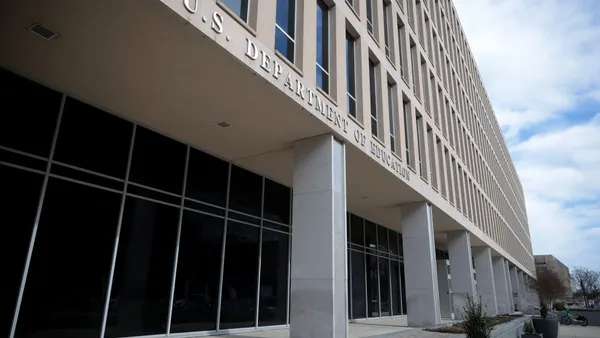Dive Brief:
- While career and technical education has long connected students to real-world job skills and opportunities in different fields, it may also offer an avenue to strengthen arts programming and diversify career pathways for students interested in the arts.
- CTE experts emphasize the importance of thinking outside the traditional arts education framework by combining foundational techniques with an awareness of how those skills can be applied in the real world and meet local job market needs.
- “There's a dismissiveness about careers in the arts because it's assumed that you have to be a starving artist, but that's truly not the case,” said Ashley Adams, executive director of Arts Media Entertainment Institute, a nonprofit that connects educators to creative professionals. “There are incredible jobs for students that use their creative skills, and it empowers them if you can teach them about those careers early on.”
Dive Insight:
Adams began as a classroom teacher at a school with a robust Parent Teacher Association that regularly fundraised to support high-quality arts programming. However, not every school has access to this type of resource, Adams said, which is why she views CTE in the arts as an avenue for equity and access for students.
For example, a theater teacher in Colorado launched a new course that teaches technical theater skills such as set design and sound design in order to qualify for CTE state and federal level funding.
Technical training is valuable for students because graduating with a certification in an industry-recognized software platform boosts and strengthens their resume when applying for jobs, Adams said. She added that because CTE programs are project-based, it's a great preparation for the workforce, as many jobs are seeking professionals who can work collaboratively.
For an arts-oriented CTE course to succeed, one of the main factors to take into consideration — as with any CTE course — is labor market value. Dan Hinderliter, associate director of state policy for Advance CTE, a national association for CTE directors and professionals, explained that there needs to be at least some level of local labor market analysis to determine which careers and opportunities are available, and to make these explicitly clear to stakeholders.
“There's a lot of programs in, say, California — where there's more opportunity because they have the labor market — than you would find in rural Oklahoma, where they don't inherently have a lot of need for students with a lot of technical arts skill and background,” Hinderliter said.
If a school district decides they have a local labor market that's looking for a much more technical approach to arts education, Hinderliter encourages them to make sure they partner with the employers in that area and, more comprehensively, with the state.
At the local level, the AME Institute connects teachers with creative industries and ensures they have training resources and the knowledge necessary to prepare students for these jobs. The organization provides virtual learning opportunities, in-person institutes that include visits to industry studios, and curated programming to strengthen pathway curriculum.
“It's workforce development, and our workforce needs creators, it needs innovators, if we are going to continue to be a leader,” Adams said. “Entertainment is a huge industry sector within our economy, but if we're going to continue to lead in that industry sector and many others, we have to have creative thinkers. We have to have people who are taking these tools and using them in innovative ways.”












